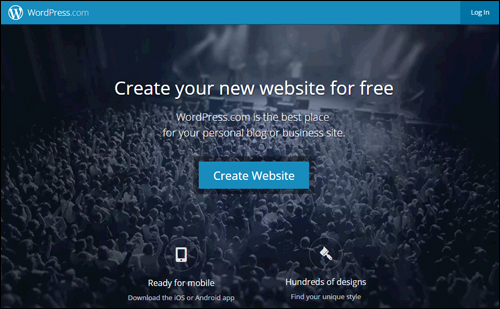
Welcome to Part 3 of our Web Traffic Blueprint article series, where we show you how to turn your website into an automated traffic machine using the WordPress CMS platform.
In Part 1 of this article series, we explained why using an expertly configured WordPress website or blog is the key to automating traffic to your site …

(With an expertly configured WordPress web site, all you have to do to automatically generate more web traffic is post content consistently!)
In Part Two, we discussed the setup phase of the automation process. We explained the best way to start if you don’t have a website yet, how to set everything up if you already have a website, and what to do if your site was built using WordPress.

(In Part two we show you how to set up a WordPress website on your domain)
In this section of the series, we will discuss the configuration stage of this process. We explain how to configure a WordPress site to ensure that new visitors will automatically start flowing just by adding content on a regular basis to your web site.
WordPress Web Traffic Automation Blueprint – Configuration Phase
Finding ways to attract more visitors to one’s website is often cited by many website owners as one of the greatest challenges they face online. With business getting so much more competitive, it’s worth looking into any opportunity you can to increase your own competitiveness online.
The ability to automatically generate traffic on demand can provide website owners with a tremendous advantage over other competitors. For WordPress users, having an expertly configured website allows their business to get off to a flying start as soon as their website is launched.
The Configuration Phase Is What Makes All The Difference
There is a difference between an expertly configured WordPress site and a site that has been professionally set up by a website-building expert but not necessarily configured to its fullest advantage.
Here is a simple way to understand the differences:
An expertly configured WordPress site gives you a professional web presence with online business marketing automation!

(An expertly configured site gives you a web presence and an automated online business marketing process!)
Not only is additional labor required to build and integrate an automated online business marketing process into your website, it also takes a special type of expert knowledge.
Let’s illustrate this with an amusing story.
A True Story (Kind Of) …
All was going just fine in the gizmo-making factory when things came to a sudden stop.
No one could figure out what went wrong and so the floor manager decided to call in an expert to fix the problem.
The expert arrived within the hour and, without saying a word, walked directly to the control box. After staring silently at the circuit board for about 5 minutes or so, the expert then produced a teeny-weeny hammer and made a single tap near the left corner of the box.
Immediately, everything returned once again to normal.
The floor manager was grateful and relieved as he thanked the expert, who left just as quickly as he had arrived.
A few days later, the manager received a request for payment of $5,000.
The manager called the expert, demanding to know why they were being charged so much for so little time spent delivering a minimal amount of work and promptly requested an itemized invoice before hanging up.
The next day, a bill of payment arrived and was placed on the manager’s desk. Upon opening the envelope, this is what he saw:
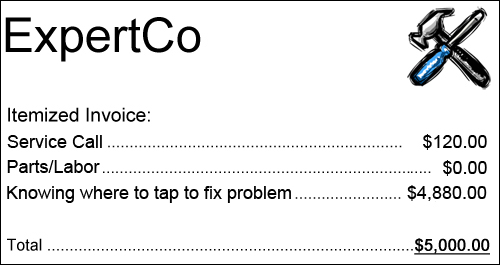
The number one challenge most businesses face online is driving new visitors to their sites.
In the story we’ve just described, how much money did the plant stand to lose when production ground to a halt and no one in the business had the expertise required to get things up and running again? Did the expert in our story not have the right to ask to be compensated fairly for spending years developing the knowledge, skills and expertise that allowed him to repair a very costly problem?
Similarly, if you could have your blog fully set up so all you ever had to do is publish new content and Google, Facebook, Twitter, LinkedIn, Pinterest and dozens of other traffic-generating online properties would be automatically notified, how much time and money would this save you?

(How much better would your business be if you could automate the process of driving traffic to your site?)
Although many experts often make difficult situations and problems look easy, it rarely is that simple or easy when you are trying to work things out.
Knowing how to expertly configure a WordPress site requires more than adding some pages with content and configuring settings for clients. It involves knowing where to tap! In other words, knowing things like:
- Which plugins you need to install for certain things to occur on your site.
- Which third-party accounts you need to set up to get certain outcomes
- Which settings need to be configured in order to make sure processes will work as you have imagined, etc.

(Driving web traffic automatically with WordPress is a process that requires expertise)
This stage of the WordPress traffic automation system is not technically difficult, but it’s quite involved. This is because it’s not just about installing and configuring a plugin, clicking a button … it’s all of this and much more.
Expertly configuring your website is a complex process that involves your web server, your web site, and a number of external sites and services …

(The configuration phase involves more than just configuring some settings in WordPress)
If we try to flowchart the steps involved in the configuration process, it would look something like this …

(A simplified flowchart showing the activities involved in the configuration process)
Let’s take a brief look at these areas.
Your Web Server – Configuration
We’re not talking here about the process of configuring your webhosting account for installation purposes (this should have been done during the Setup phase). What we are talking about, is configuring settings and options in your web server that affect how your website will handle web traffic …
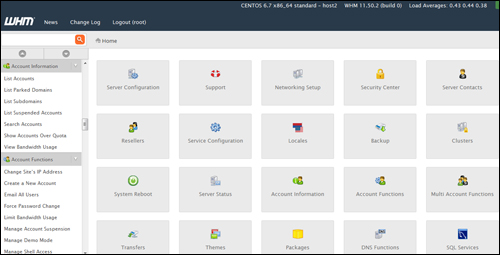
(In the configuration stage, your server settings need to be checked for handling both good and bad traffic)
Not all web traffic is welcome traffic. Some of the web traffic your site can attract will be unwanted traffic like bot spam, security threats, brute-force bot attacks, etc.
This stage of the configuration process, therefore, requires evaluating your needs, planning for good and unwelcome traffic and adjusting settings in your server accordingly. This includes looking at things like server-level spam protection and securing server files, to configuring domain and email forwarding, setting up htaccess and error page redirections, etc …
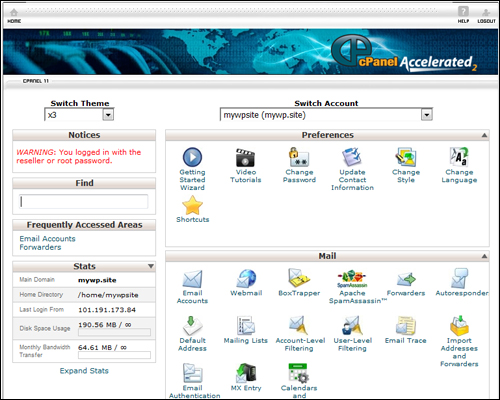
(Have you configured your webhosting settings for handling things like emails, page error redirections, etc?)
After your server settings have been checked and configured (if required), the next step is to set up and configure a number of third-party sites and/or online solutions.
Configuring External Web Properties
The idea behind setting up external sites is that all content should be posted to one central location (your site) and from there, get distributed automatically to other components of your web traffic generation system, or notify traffic-related web properties and services.
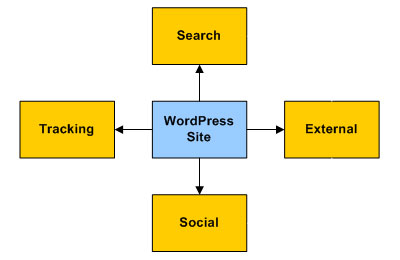
After incorporating these external services into your setup, content linked back to your website will get automatically added to these platforms, indexed by search engines and shared to other social media accounts, even to visitors attracted to the platform itself. Your site receives exposure online, helping your business tap into new sources of traffic.

Some third-party sites will need to have accounts set up before configuring your WordPress site’s settings to help save time and some will need to be done later, during the automation phase.
For example, here are just some of the accounts you will need to have set up:
Google Webmaster Tools

(Google Search Console – create a Google-friendly website or blog)
Google Webmasters lets you tell Google about your site’s pages, submit XML sitemaps for faster page indexing, and provides site owners with a range of useful information, SEO tools, and diagnostic reports about their website.
After setting up your account and entering site data with Google Search Console, you can use this information to integrate and automate traffic settings and notifications in WordPress and other applications.
Google Analytics
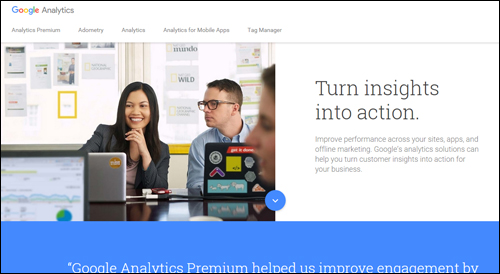
(Google Analytics)
Google Analytics lets you improve your site’s results, SEO, user engagement, marketing campaigns, and more, by tracking all user behavior, pages visited, keywords searched for, search engine and organic referrals, etc.
After setting up your account, your account code can be added to WordPress via a plugin and and sent to other useful applications and reporting tools.
Bing Data And Tools

(Drive more traffic with Bing Data And Tools)
Bing Webmaster Tools is similar to Google Search Console. Once your Bing Webmaster Tools account is set up, use this information with web traffic-related settings and notifications in WordPress using plugins like Yoast SEO (see further below) and other applications.
WordPress.com
(WordPress.com)
As discussed in Part Two, WordPress offers both a hosted and a self-hosted option. We recommended choosing the self-hosted WordPress platform if you plan to grow a professional business presence online.
WordPress.com (the hosted option), however, provides a number of useful tools, which a number of WordPress plugins can access. We recommend setting up an account with WordPress.com, therefore, and we’ll explain how to integrate these features into your automated traffic generation system in Part Four of this article series.
Social Media
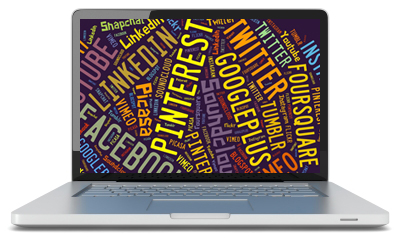
(Syndicate your content automatically to your social media sites and bring new traffic to your site)
You will need to set up your various social media and social bookmarking accounts in order to configure these as part of your traffic generation system.
Once you have set up and configured everything, you will be able to syndicate your content automatically to your social media sites and bring new traffic to your site.
You should set up accounts and profiles with all the leading social networks – Facebook, Twitter, LinkedIn, Pinterest, YouTube, etc.

There are many social bookmarking sites you can set up. You don’t need to create accounts with all of them, just select the ones that will work with your setup and/or content syndication tools.
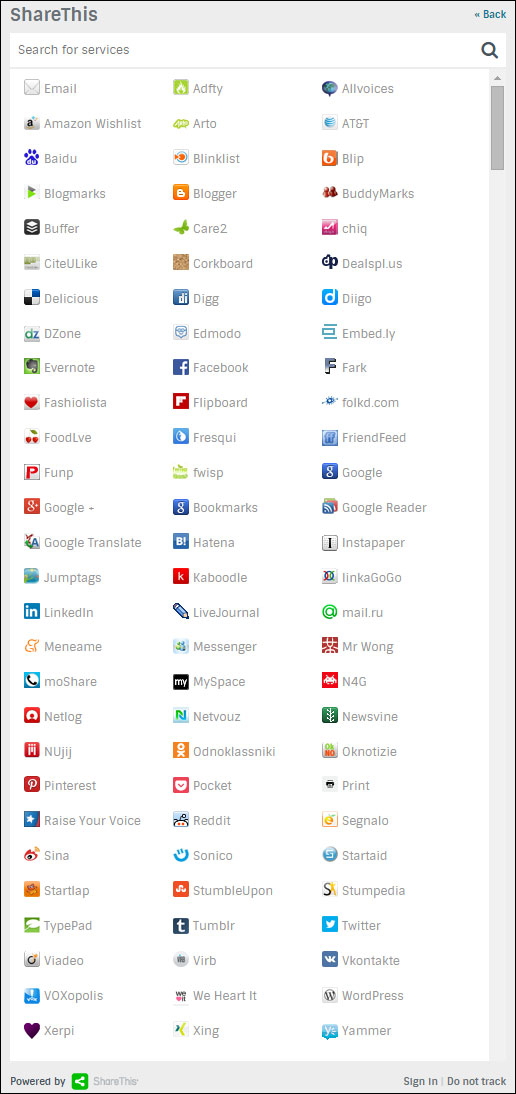
(There are loads of social sites you can syndicate your content to. Image source ShareThis.com)
Additional Platforms, Content Aggregators, Etc.
There are many online technology platforms and content aggregators that can act as secondary sources of traffic. Some are free or provide free accounts, and some are paid services.
For example, here is a content aggregator that allows you to add your WordPress blog feed …
RebelMouse
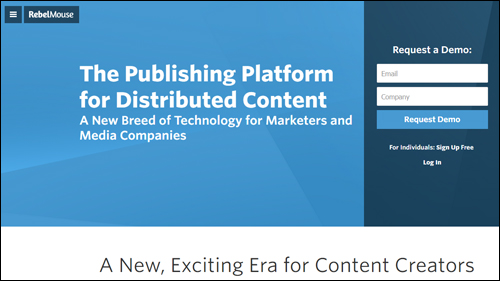
(RebelMouse – Publishing platform for distributed content)
RebelMouse is a news aggregator for your social profiles and RSS feeds. Your content is displayed in a Pinterest-like format and visitors can follow your own RebelMouse page.
![]()
There are various technologies and third-party applications you can incorporate into your web traffic blueprint. Please feel free to contact us if you need assistance exploring this area further, or to discuss a strategy to suit your needs.
After you have configured your web server and set up third-party service accounts, it’s time to configure your WordPress site’s settings.
WordPress – Configuring Your Site For Traffic
The first step in configuring your WordPress site for traffic is to ensure that your global settings have been set up correctly.
Let’s go over some key areas.
WordPress – Global Settings
By default, all WordPress installations include a Settings section that allows you to set up your site’s main settings …

(WordPress admin menu – Settings)
General Settings
Sections like Site Title and Tagline can affect your site’s SEO, search listings, etc …
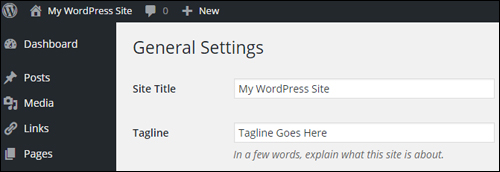
(Settings Menu – General Settings)
Writing
The Writing Settings section contains a powerful and frequently overlooked traffic notification system …
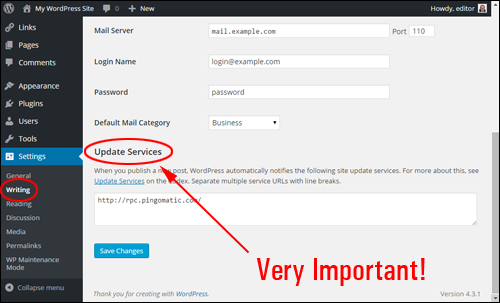
(Global Settings – Writing Settings)
As stated below the Update Services section,
When you publish a new post, WordPress automatically notifies the following site update services …
Unless you have intentionally configured your settings to discourage search engines from indexing your site – see next section, then your site will automatically notify the services entered into the Update Services field
By default, when WordPress is installed, only one service is listed …

(Update Services – A Powerful Traffic Feature)
You can notify dozens of update services automatically with WordPress …
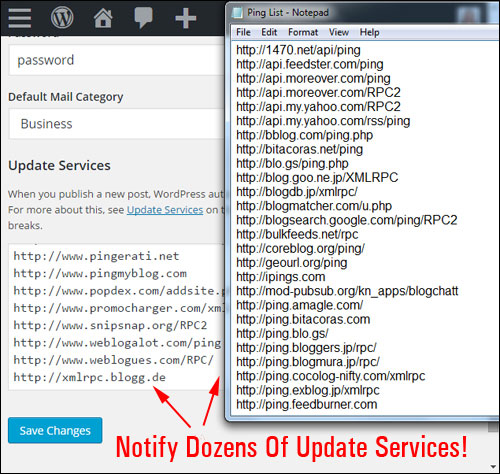
(You can notify dozens of update services automatically with WordPress!)
![]()
Download A Comprehensive List Of Ping Services For Your WordPress Site!
Click the link below to download a comprehensive list of reliable and authoritative ping services for your WordPress site or blog:
Download A List Of Ping Services For Your WordPress Site
***
Note: If you need help setting up the list of ping services on your site, we recommend using a professional web services provider. You can find professional WordPress service providers in our WordPress Services Directory.
Reading Settings
This section affects how visitors will see your content when they visit your home page and blog pages.
The syndication settings on this page can influence traffic. For example, choosing to display the full text vs a summary of your post, affects how your content appears in RSS feeds and blog post digests, and could affect someone’s choice to explore your content further, and whether or not they will visit your website to get the rest of the content from excerpts, or read the content in full without the need to click through to your site.
As far as traffic is concerned, however, the most important setting in this section is whether the Search Engine Visibility checkbox is enabled or not.
Typically, you would want search engines to visit your site. Leaving this box unchecked allows WordPress to ping various update services when a new post is published (see Writing Settings above). Unless there is a specific reason why search engines should not visit your site, make sure this box is left unchecked …
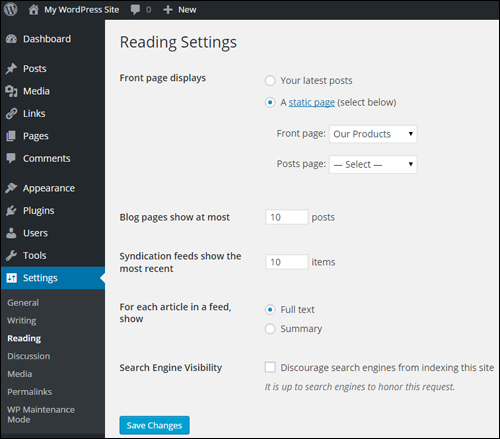
(WordPress Settings – Reading Settings Screen)
Discussion
Although discussion settings are mostly concerned with how users engage with content on your site, you have the option to allow notifications to sites linked to from your articles, and to allow link notifications from other blogs (pingbacks and trackbacks). This can work for you, but it can also drive bad traffic in the form of SPAM comments …

(WordPress Settings – Discussion Settings Section)
Permalink Settings
Your Permalink settings allow you to create search engine-friendly URLs …
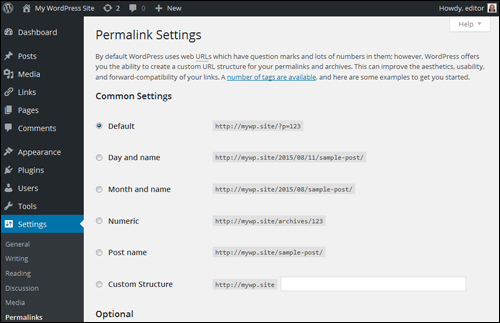
(Settings Menu – Permalink Settings Screen)
The examples below show some of the ways permalink URLs can be configured …
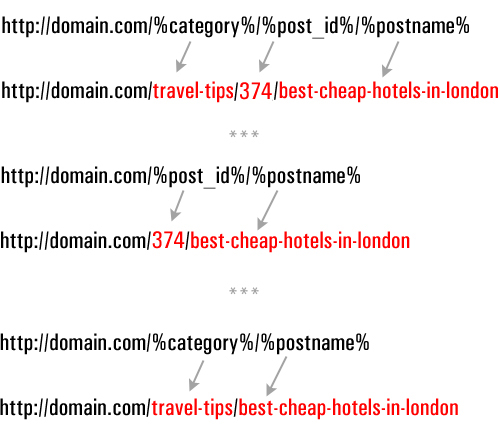
(Configuring search-friendly URLS)
If you need help setting up permalinks, go here: Improve Your WordPress SEO Using Permalinks
Configuring WordPress Plugin Settings For Traffic Generation
The WordPress developer community makes available plugins that help to add just about every kind of functionality imaginable to your website, including plugins that add traffic generation capabilities.
Here are examples of plugin categories and plugins that can help to attract more visitors to your site
Security Plugins – Blog Defender
Once again, it’s important to configure your WordPress site for dealing with the effects of both good traffic and bad traffic. No blog is immune from a cyber attack.
 (Security Plugins help prevent bad traffic from harming your web presence)
(Security Plugins help prevent bad traffic from harming your web presence)
Security plugins like Blog Defender help to make your WordPress blog invisible to botnet and hacker attacks.
More info:
WordPress SEO Plugins – Yoast SEO
SEO plugins help drive more traffic by improving improving how search engines like Google and Bing find, classify and index your web pages …

(WP Plugin – Yoast SEO)
Use a powerful plugin like Yoast SEO (previously known as WordPress SEO by Yoast) to improve your website’s SEO. Once properly configured, this plugin not only makes your website easier for search engines to find, classify and index, it also lets you configure how your content will show up in Google’s search results and social media pages, e.g. Facebook, Twitter, and GooglePlus.
WordPress Social Sharing Plugins
Allowing your visitors to easily share your content online can help drive significant traffic to your site, especially if you publish great content that adds value to readers.

(You can add social features to your site easily using free or inexpensive plugins)
There are many social sharing plugins to choose from.
Many social share plugins allow you to choose which social sites visitors can share your content to, embed social buttons into your content, set up default notifications, display/hide share counters (e.g. number of shares), etc. Some social plugins even allow you to set up protected content areas on your site which visitors can unlock by sharing your page.
Configuring WordPress Traffic Generation Theme Features
As well as configuring various plugins, many WordPress themes also include features that help grow your site’s traffic.
For example, as well as options and settings for configuring layout and design aspects of your site, some themes also provide options for improving SEO and site navigation structure for faster indexing, add tracking snippets, social sharing buttons, etc …

(Many themes have built-in traffic optimization features)
With many quality themes, adding social sharing buttons and features to your website is as easy as selecting the option to enable this functions …

(Many WordPress themes provide users with built-in social sharing features)
Other Configuration Aspects For WordPress Traffic
Last (but by no means least) in the web traffic system configuration process, are the things that need to be configured outside of the global settings.
This includes the following:
Website Legal Pages
Once again, when preparing your website for an increase in traffic, it’s important to plan not only for both good and bad traffic but also for all the things that can go wrong when more and more people begin to visit your website.
If you make money online, it’s important that your website remains compliant with legal requirements of government agencies that regulate business online.
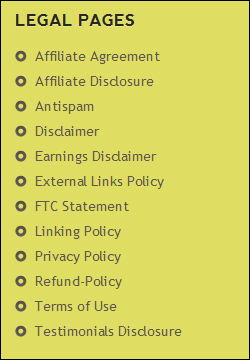 (Does Your Site Comply With The Law?)
(Does Your Site Comply With The Law?)
For a detailed article about the importance of having a compliant website, refer to this article:
WordPress Categories And Tags
Post tags & categories help to improve your site’s search optimization, which helps to increase traffic.
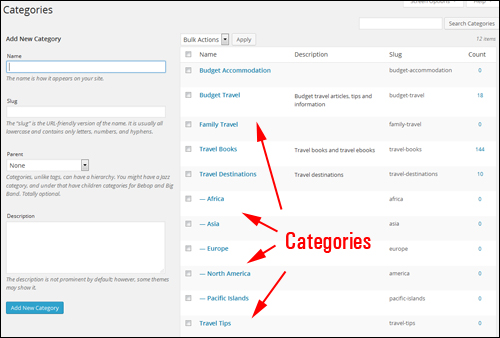
(Post categories help improve traffic by improving your site’s search engine optimization.)
As we strongly recommend in this article, your website’s categories and tags should be discussed and set up during the Website Planning Stage.
In the configuration phase, you will want to review and make sure that your site’s post tags and categories have been set up correctly to deliver optimal results.
Add A Site Map
A site map that lists all of your site’s pages and posts is not only a useful navigation tool for users, it can also help external tools find more of your online content …

(A site map is not just great for visitors, but for traffic too!)
![]()
Note: An HTML site map and an XML sitemap are different things. Only search engine bots can interpret an XML sitemap. Although Google can index your pages just from an XML sitemap (which a plugin like Yoast SEO will create for you – see earlier section), making it easier for visitors to find more pages on your site can result in increased traffic.
404 Error Page – A Source Of Lost Traffic Opportunities!
When visitors searching for your website type in the wrong web address or click on a hyperlink pointing to a page on your website that no longer exists, they will typically be presented with a 404 Not Found page …

(A WordPress 404 Page)
A 404 Not Found error page can be configured to redirect confused visitors to your functional pages …
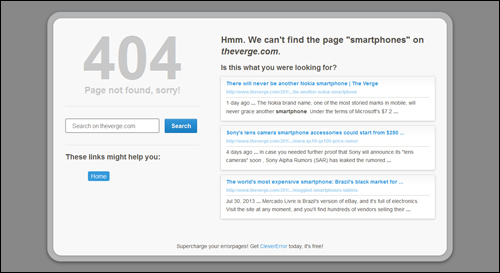
(Configuring your 404 Not Found error page allows you to redirect web traffic that may otherwise be lost.)
![]()
Although a 404 Not Found page can be set up in your server, there are plugins for WordPress that allow you to easily configure your 404 page inside your WordPress admin.
WordPress Traffic System: Configuration Phase – Summary
Once you have your WordPress site expertly configured and fully set up, all you need to do then is add content on a consistent basis to automatically attract new web traffic organically.
The process of expertly configuring your WordPress site, however, is quite involved and elaborate and requires the configuration and integration of various elements and external web properties …
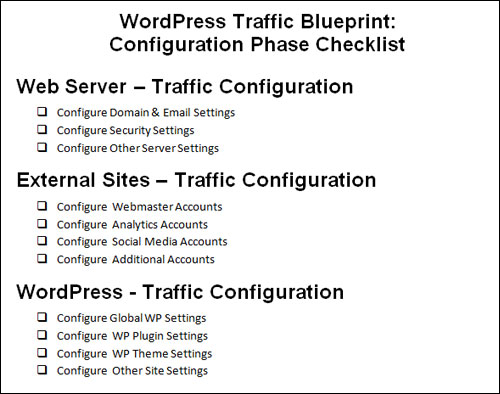
(WordPress Traffic Blueprint – Configuration Checklist)
![]()
The knowledge and expertise required to perform this process can take some web developers months to learn.
Once you have expertly configured your WordPress site, the next step is to automate the aspects of the process that can be automated. This step is addressed in the next article in the WordPress Traffic Blueprint series.
This is the end of Part Three
To keep reading, click on the link below:
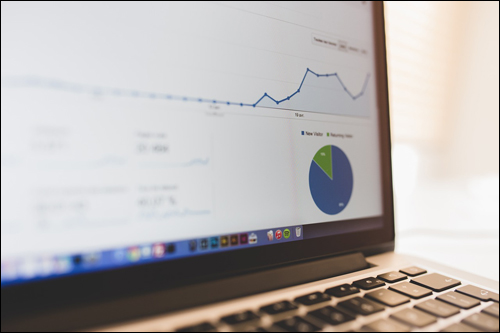
![]()
This tutorial is part of a comprehensive article series designed to help business owners learn how to grow their business online inexpensively with a WordPress-driven website or blog and proven online marketing methods.
Subscribe To WPCompendium.org And Get Notified When New WordPress Tutorials Get Published!
***
"These tutorials have so much information and are easy to understand. If you use WordPress or plan to in the future these will help you with everything you need to know." - Valisa (Mesa, Arizona)
***
